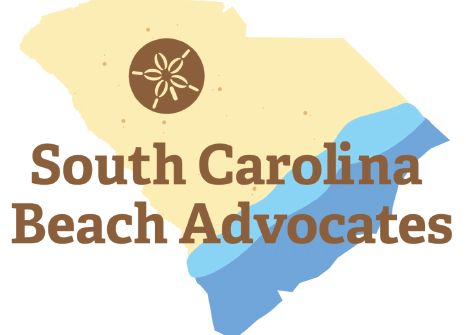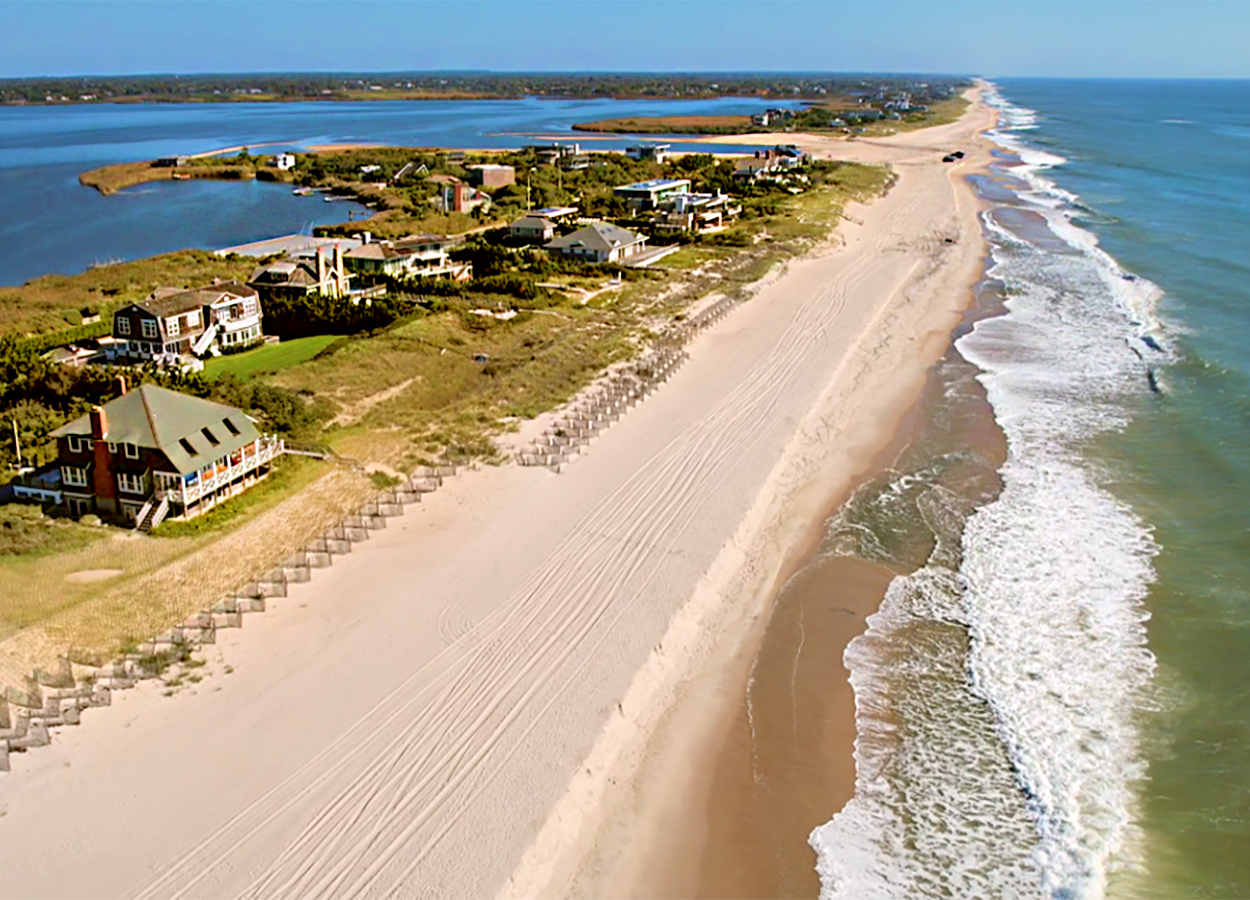
ASBPA presented its highest project award to the City of Myrtle Beach at the annual conference. Named after Professor Robert L Wiegel, distinguished coastal engineer at University of California-Berkeley, the award recognizes a project that has stood the test of time and shown positive environmental, social, or recreational benefits. The Myrtle Beach Project has done all of that and provided great economic benefit to the region.
Myrtle Beach as recently as 1985, was armored with seawalls along 65% of its nine-mile shoreline, with little dry sand beach for visitors. City officials at that time fought to ban new seawalls, implemented stricter building setbacks and embarked on a soft engineering plan for beach restoration.
By a combination of locally sponsored projects (1986-1990) and a federal 50-year storm damage reduction project (1997-2047), Myrtle Beach has been gaining beach width and resilience from sea level rise for over 30 years. There is now a continuous beach-dune system that accommodates millions of beachgoers each year and helps the city avoid damages during storms.
Significantly, the renourishment interval (~10 years) has been one of the longest of any federal project, attesting to the project’s success. The cost of these beach improvements from 1985 to 2018 has averaged less than $50 per foot of shoreline per year.
Receiving the Project Award for the city were: Mayor Brenda Bethune and Public Works Director, Janet Curry, along with Councilwoman Mary Jeffcoat, City Manager John Pedersen, USACE-Charleston District Deputy Commander Major Paul Sipe, and USACE Project Manager Wes Wilson.
For over 35 years, the City of Myrtle Beach has exemplified how a committed and sustained beach management program can succeed in South Carolina. CSE is proud of our 35-year partnership with the City of Myrtle Beach and celebrates its ongoing vision and dedication to coastal resiliency.




